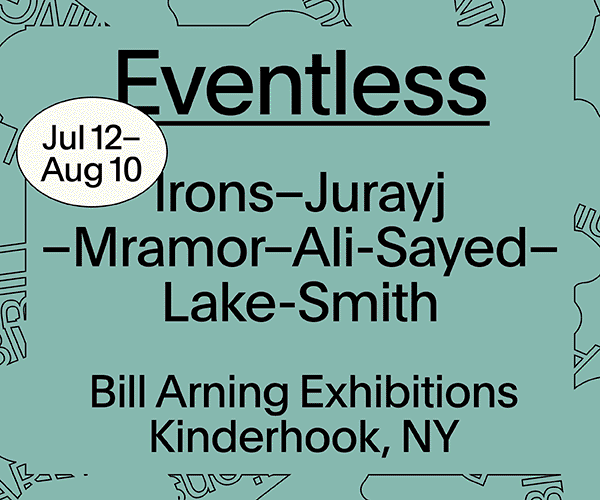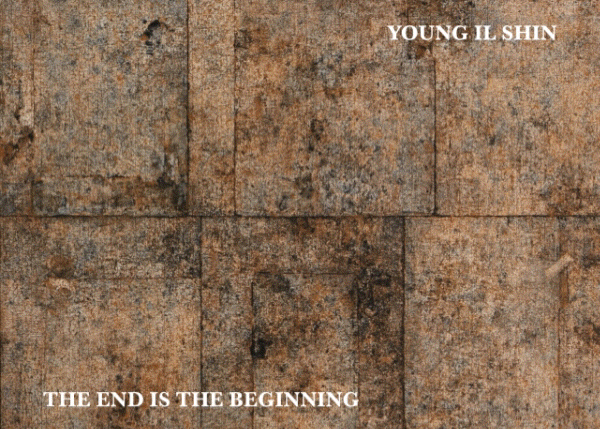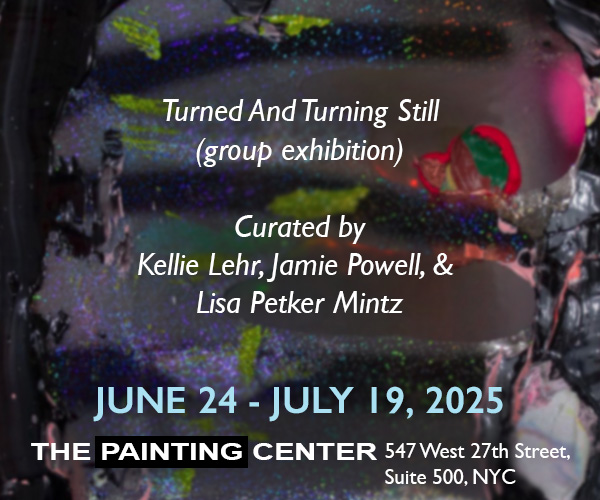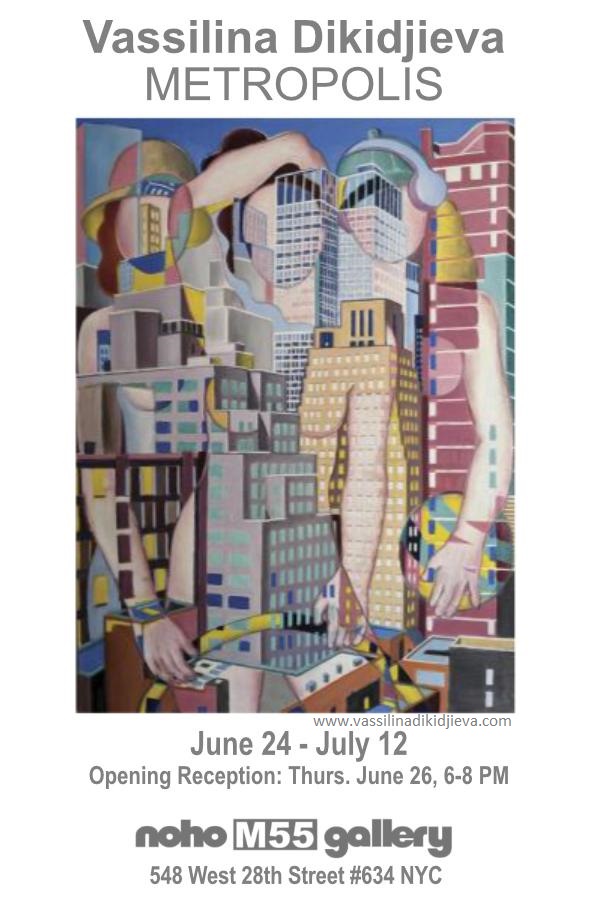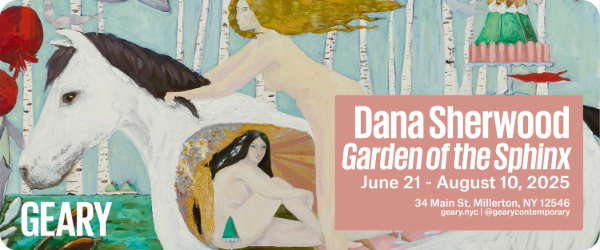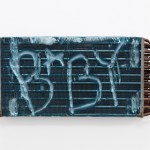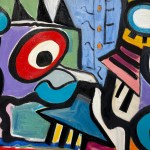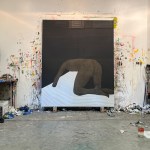
Contributed by David Carrier / Few human developments have been more consequential, in terms of both art history and broader cultural expansion, than the movement of Africans within and out of their own continent. The mammoth exhibition “Project A Black Planet: The Art and Culture of Panafrica,” now at the Art Institute of Chicago in twelve high-ceilinged contemporary galleries, includes more than 350 drawings, paintings, photographs, sculptures, installations, watercolors and prints, but also books, magazines, posters, and record albums, made from the 1920s onward. It’s a lot, but never too much.
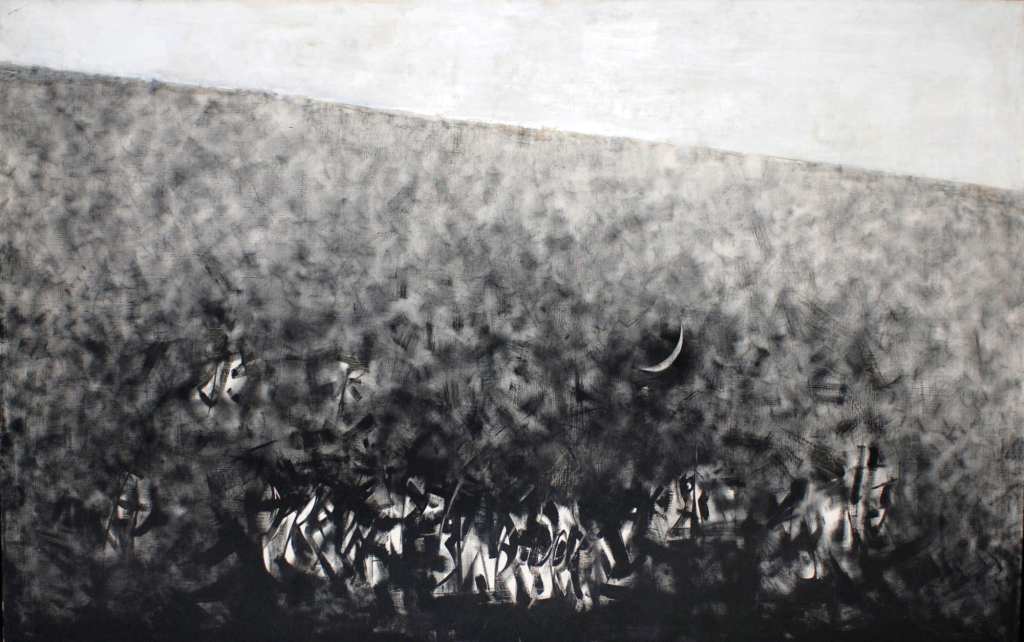
Normally an assay of numerous widely varied artworks seeks to locate commonalities. Here, however, the curator or critic with that goal faces a difficult task. What has Meloko Mokgosi’s Acts of Resistanere III (2018), a painting showing the African singer Miriam Makea and a sitting man, to do with David Hammons’ famous black, red, and green African American Flag (1990), or Ben Enwonwu’s Still Life (1948), a Lagos artist’s painting of an African sculpture? What have they to do with Kerry James Marshall’s Africa Restored (2003, ongoing), an Africa-shaped sculpture made of artificial materials? And what is its relation to Dawit L. Petros’ Notations on a New Pan-Africanisn (2013, a video by a young Chicago artist, or Radcliffe Bailey’s Untitled (DNA) (2008), a mixed-media image of scrambled genetic code? According to the catalogue, which is somewhat compromised by overly academic writing, “Project A Black Planet” embraces three Pan-Africanist concerns: Black pride (per Marcus Garvey), economic independence, and African heritage. Subsumed literary and artistic movements include Négritude, which emerged from Francophone Africa and the Caribbean and celebrates Black identity and resilience in the face of colonialism, and Quilombismo, which is rooted in the fraught Black experience in Brazil.
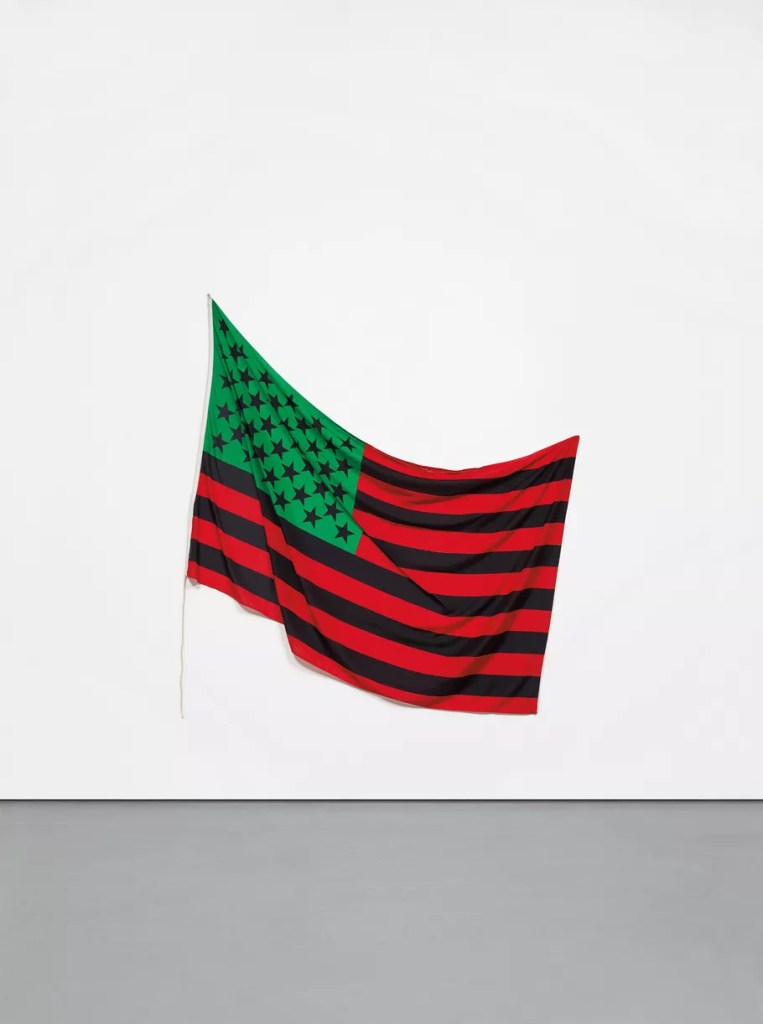
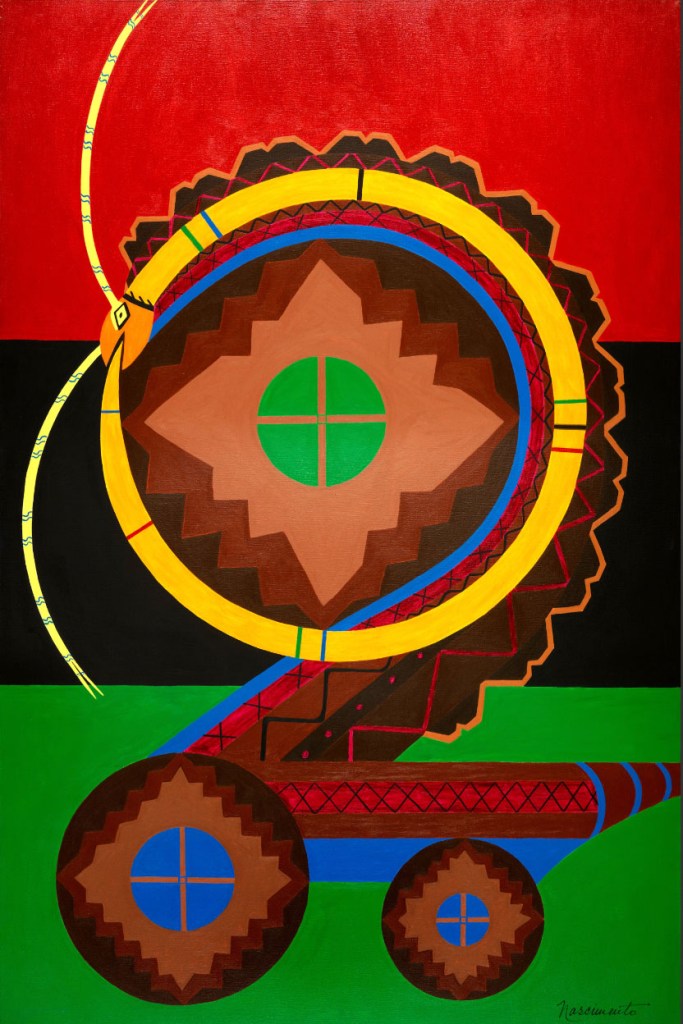
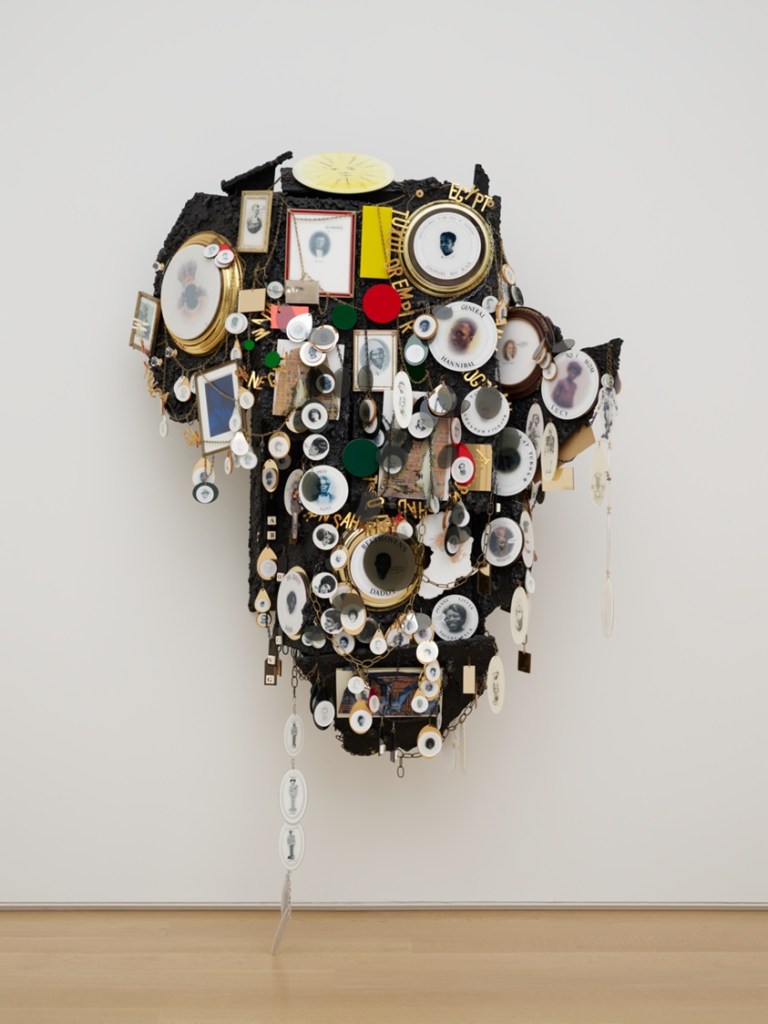
It is certainly possible, if not always easy, to relate one or more of these overlapping themes to each of the generally dazzling works on display. In a short review, however, it is perhaps more cogent and useful to observe that there is really no compelling way of identifying their common features beyond noting the fact that they are all by Black people. That may be one key point of the show: it is folly to expect any essentialist revelation. Art made by Black people is as divergent and broadly satisfying as that made by whites or Chinese or Indians. As expected, the exhibition contains fine work by several canonical figures: Horace Pippin’s The Park Bench (1946), Norman Lewis’s New Moon (1959), Alma Thomas’s Starry Night and the Astronauts (1972), and Martin Puryear’s Sanctuary (1982). But there are also winning pieces from lesser-known artists. I especially admired Palmer Hayden’s The Janitor Who Paints (1937, repainted after 1940); Margaret T. G. Burroughs’ Self-Portrait (1954), Clementine Hunter’s Harvesting Gourds near the African House and Wash Day near Ghana House, Melrose Plantation (1959), Beauford Delaney’s Self-Portrait in a Paris Bath House (1971), and Abdias do Nascimento’s stunning abstraction Simbiose Africana no. 3 (1973).
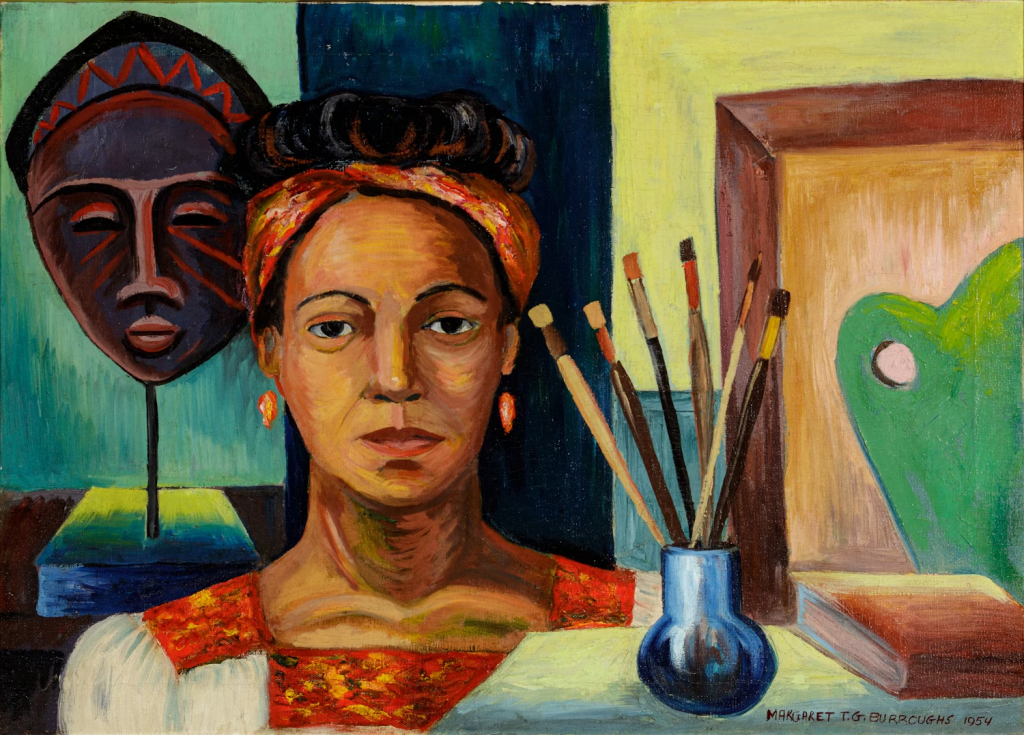
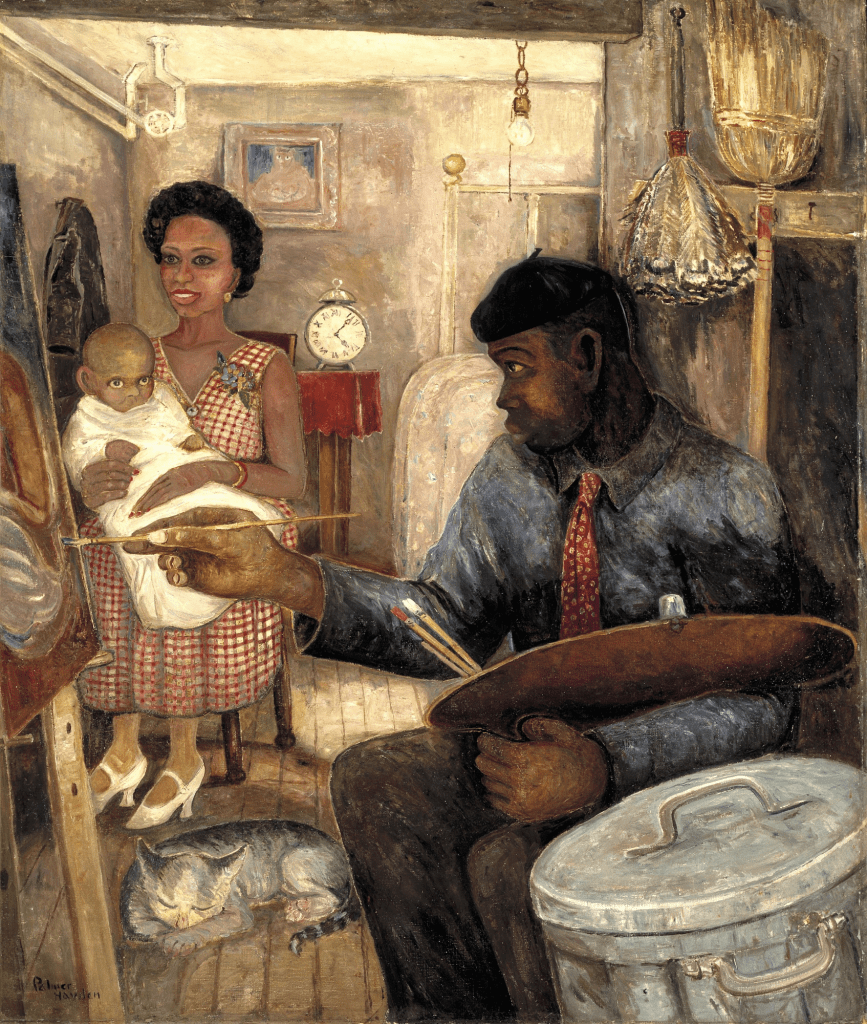
The deeper cohesion of these works lies not in any kindred visual quality or cultural sensibility but in their collective political effect as a vivid record of the artistic and literary output that has marked Africans’ dispersed presence and thereby helped ensure and advance their global unity. In 2001, Okwui Enwezor established a formidable precedent with “The Short Century: Independence and Liberation Movements in Africa, 1945–1994.” The goal here, fully and admirably realized, is to offer a comparably ambitious overview, updated and expanded. Panafrica, the promised land enshrined in the exhibition itself as well as its title, is where issues of decolonization, solidarity, and freedom are presented and debated, ever with an eye towards an emancipatory future.
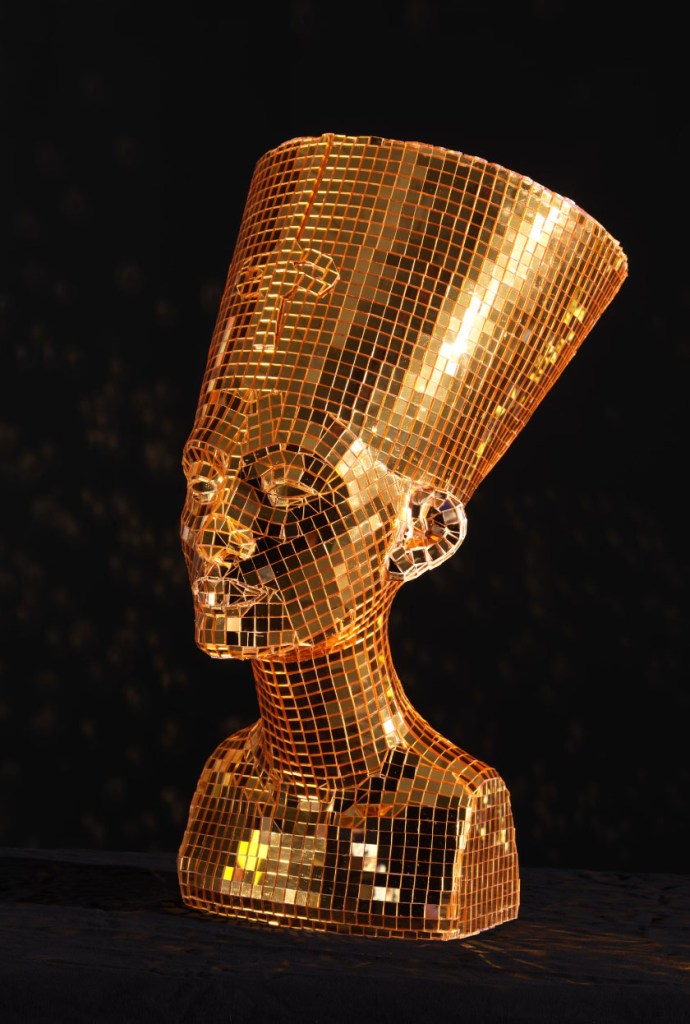
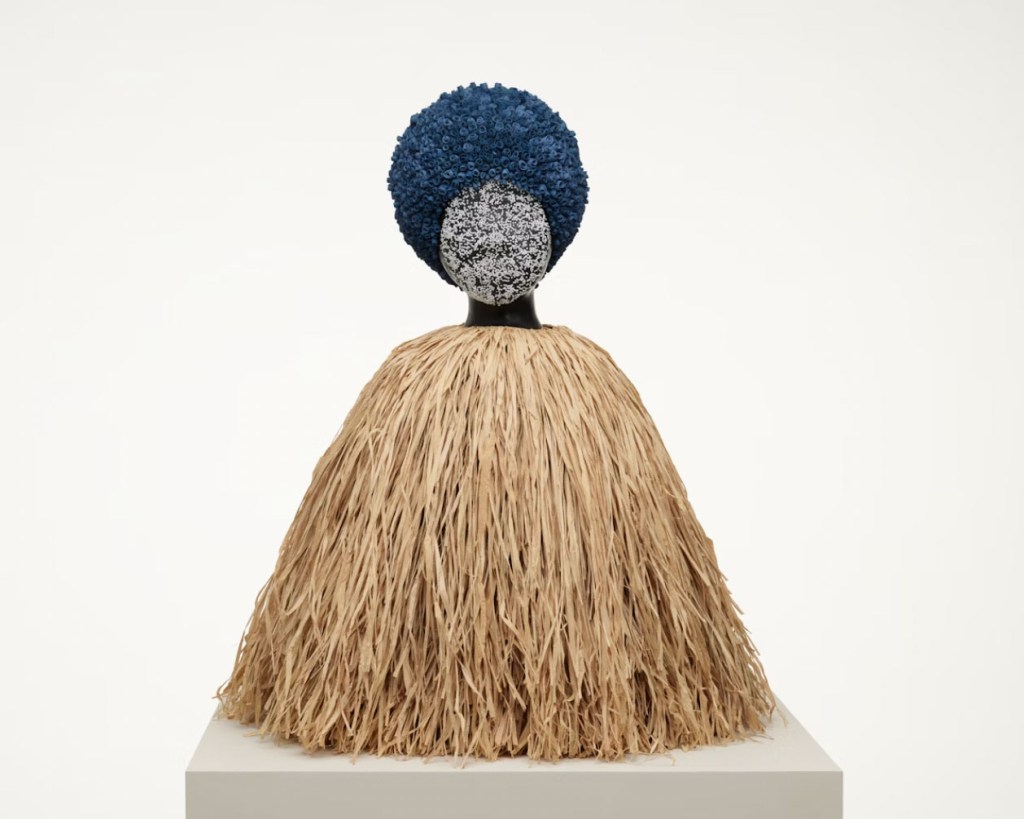
“Project A Black Planet: The Art and Culture of Panafrica,” Art Institute of Chicago, 111 S. Michigan Avenue, Chicago, IL. Through March 30, 2025. Travels to MACBA Museu d’Art Contemporani de Barcelona and KANAL-Centre Pompidou Bruxelles.
About the author: David Carrier is a former professor at Carnegie Mellon University; Getty Scholar; and Clark Fellow. He has published art criticism in Apollo, artcritical, Artforum, Artus, and Burlington Magazine, and has been a guest editor for The Brooklyn Rail. He is a regular contributor to Two Coats of Paint.

